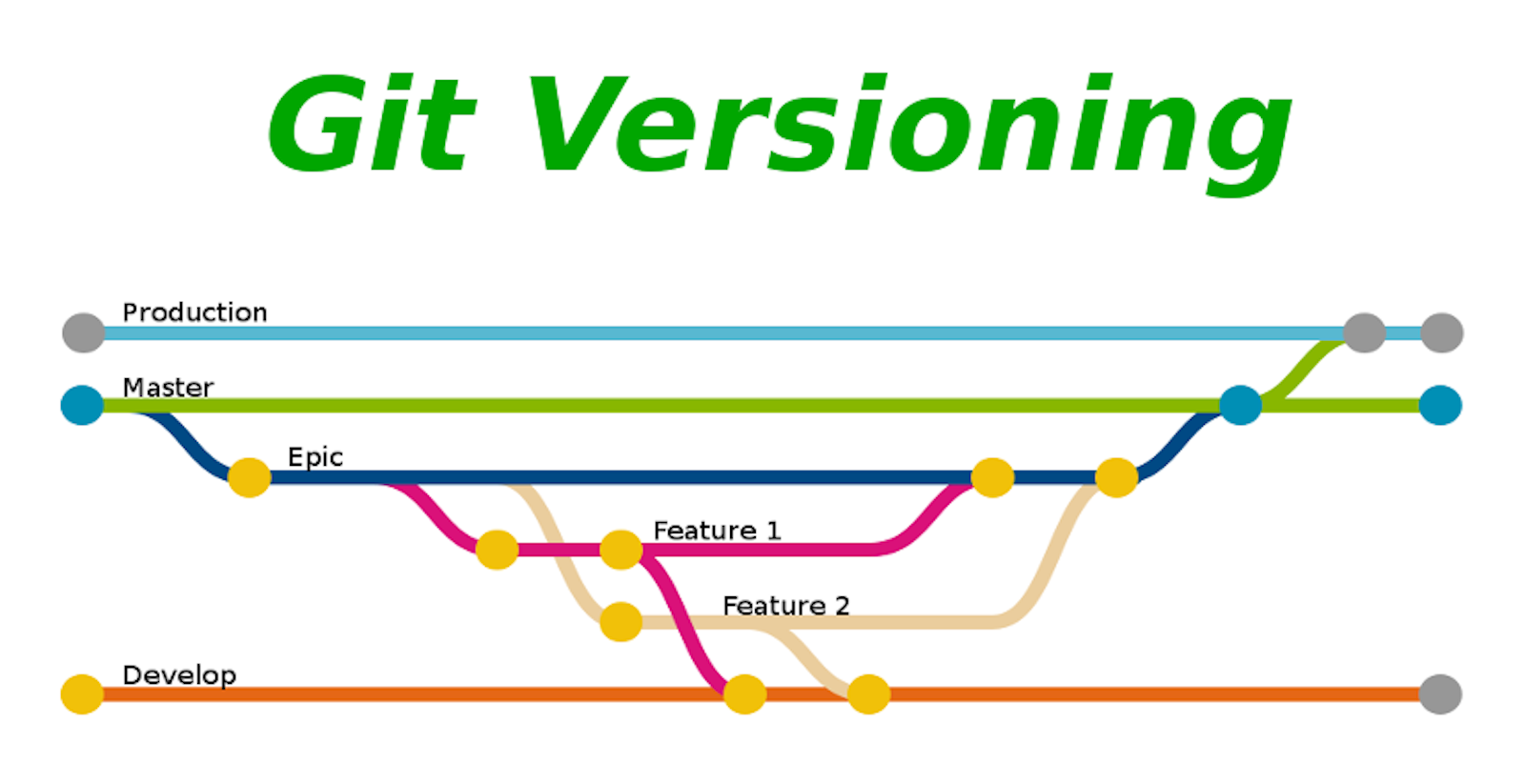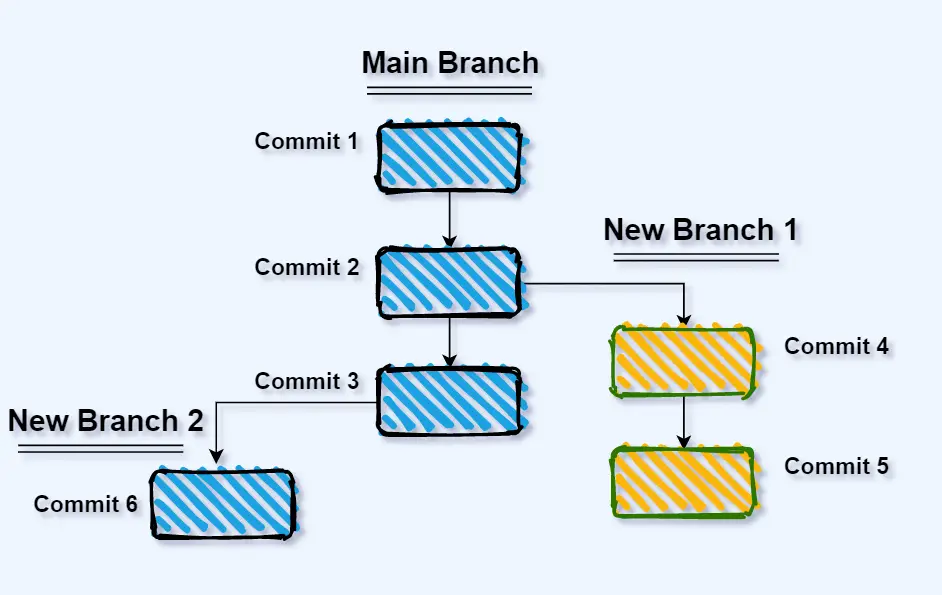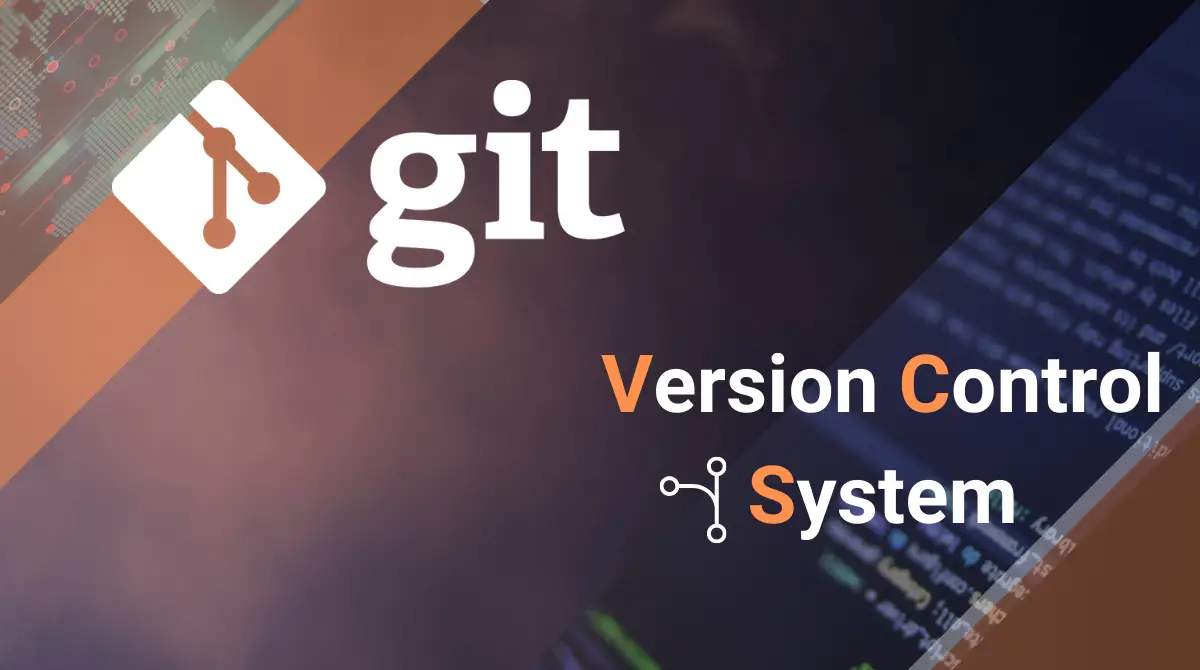Version Control Vices: Avoiding Git Mistakes

Version control systems (VCS) are essential for software development teams. Git, a DVCS (distributed VCS), has become ubiquitous but its power brings with it a range of challenges and pitfalls for users to avoid. Common mistakes include neglecting commit messages, performing high-risk operations, mishandling merges, and committing sensitive data. These missteps can lead to conflicts, data loss, security breaches, and team frustration.

Inadequate Commit Messages

Comprehensive and informative commit messages are crucial for maintaining context and collaboration within a codebase. Developers must take time to clearly articulate their changes, explaining the purpose and intent of each commit. Omitting or lazily writing commit messages creates a disconnect between developers, making it difficult to understand the project’s history and track changes across versions.
High-Risk Operations
Commands such as git push -f and git reset --hard can have disastrous consequences if used carelessly. git push -f overwrites the history of a remote repository, while git reset --hard reverts local changes, potentially causing data loss. Understanding the impact of these commands and using them with extreme caution is essential.
Mistaken Merges
Merging branches is a fundamental part of working with Git. However, rushing merges or not understanding the conflict resolution process can lead to problems. Divergent changes between branches may result in merge conflicts, which should be addressed thoughtfully and tested thoroughly before merging takes effect.
Sensitive Data Exposure
Git commits are immutable, meaning any sensitive data they contain cannot be modified or removed. Developers must be vigilant in checking and double-checking that sensitive information like API keys, passwords, or customer data is never committed to a codebase. This data should be stored securely and referenced only as needed.
Preventing Version Control Vices
To mitigate these risks, teams should enforce coding guidelines that mandate comprehensive commit messages and prohibit high-risk operations. Regular code reviews can identify and address potential issues before they become problems. Automation tools can assist in resolving merge conflicts and detecting sensitive data in commits. Additionally, developers should strive to build a culture of continuous learning and embrace best practices for using Git.
By avoiding these common mistakes and following these best practices, development teams can leverage Git’s power while minimizing risks and fostering a productive and collaborative environment.


